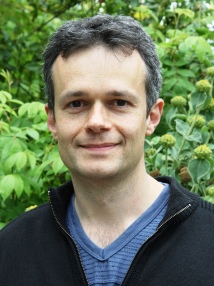BibTex format
@article{Schley:2018:10.1016/j.ympev.2018.04.029,
author = {Schley, RJ and de, la Estrella M and Pérez-Escobar, OA and Bruneau, A and Barraclough, T and Forest, F and Klitgård, B},
doi = {10.1016/j.ympev.2018.04.029},
journal = {Molecular Phylogenetics and Evolution},
pages = {279--292},
title = {Is Amazonia a ‘museum’ for Neotropical trees? The evolution of the Brownea clade (Detarioideae, Leguminosae)},
url = {http://dx.doi.org/10.1016/j.ympev.2018.04.029},
volume = {126},
year = {2018}
}

